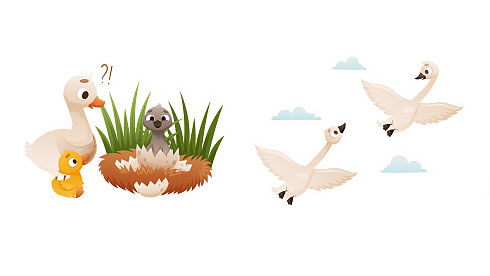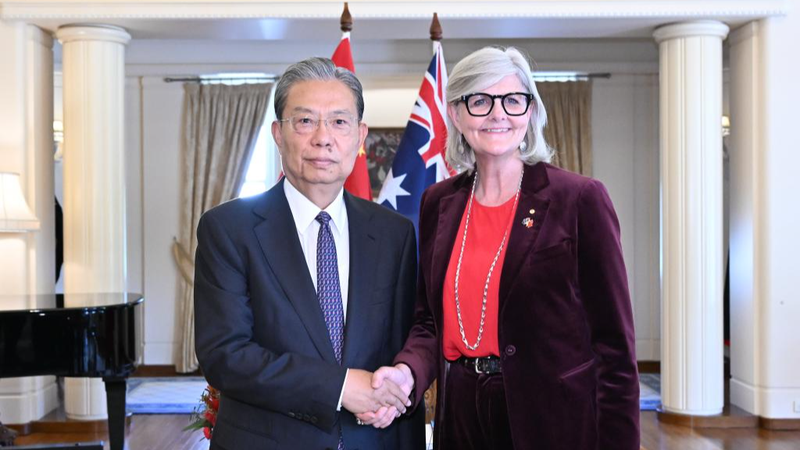When Denmark’s foreign minister Lars Løkke Rasmussen landed in Beijing last week, he didn’t just bring a diplomatic agenda—he carried along the story of a little gray duckling who once bewitched generations of readers. Hans Christian Andersen’s "The Ugly Duckling" has long been a silent ambassador between Denmark and the Chinese mainland, reminding us of the power of stories to connect cultures.
Andersen’s tale follows a bird born different, mocked and ostracized for its appearance. After a lonely winter, it discovers its true identity as a swan—an inspiring metaphor for resilience, self-discovery and transformation that resonates across ages and borders.
First translated into Chinese in the early 20th century, "The Ugly Duckling" has since woven itself into the cultural fabric of the Chinese mainland. Decades of reprints and countless adaptations underscore its universal message: hardship can lead to growth, and belonging can emerge from unexpected places.
Today, amid global conversations on identity and inclusion, the gray duckling’s journey speaks to a generation seeking to embrace difference. From Beijing classrooms to viral social media art, Andersen’s humble hero continues inspiring Chinese writers, artists and young readers to embrace their unique stories.
As Denmark and the Chinese mainland deepen their ties—culturally and diplomatically—the tale of the Ugly Duckling reminds us that, just like that little bird, we may all be swans in waiting.
Reference(s):
'The Ugly Duckling,' a story shared between China and Denmark
cgtn.com




